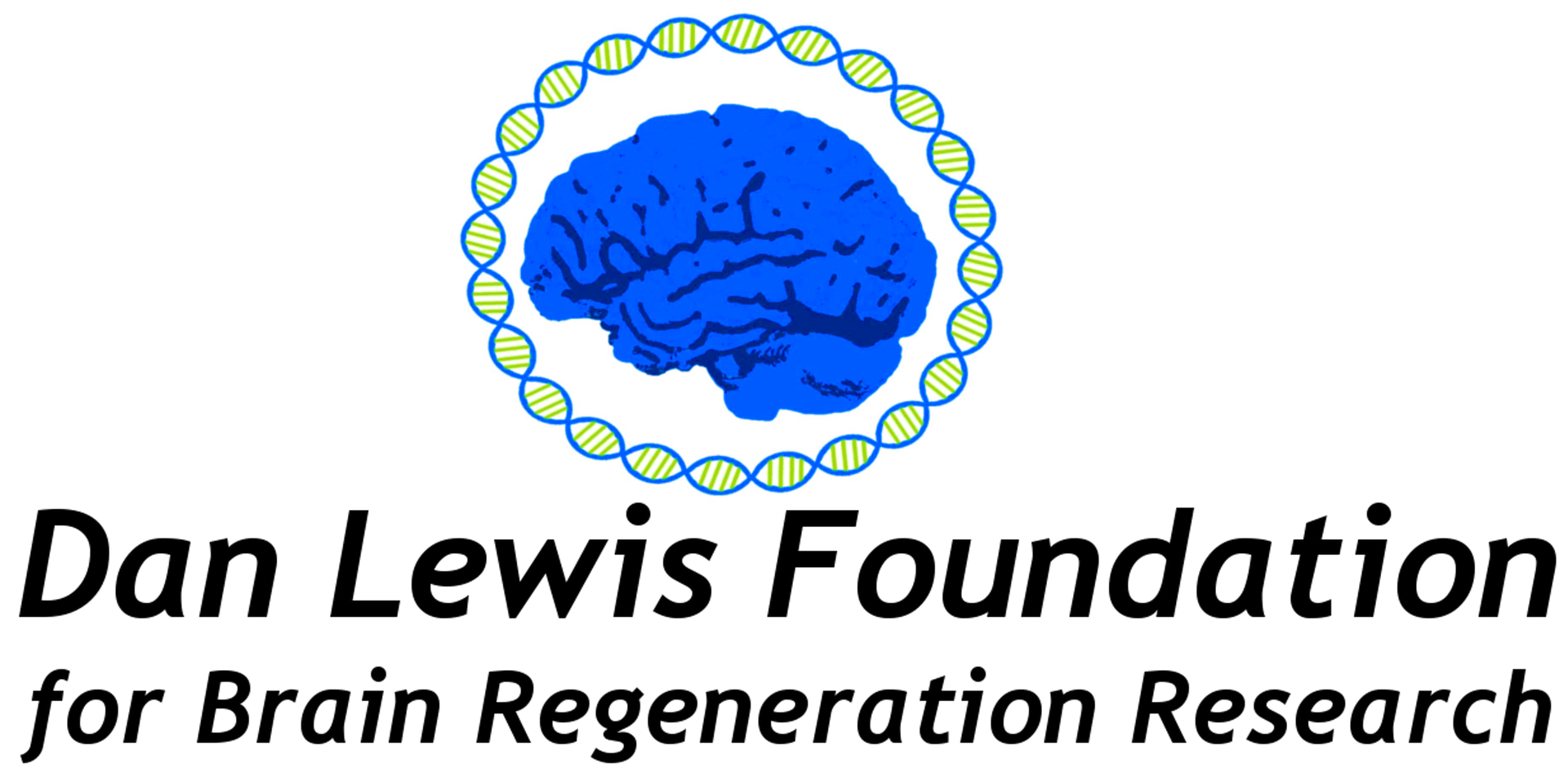News & Events

My daughter, currently nearing completion of a graduate program in counselling, recently introduced me to the term “ambiguous loss”. This term applies to a loss that is unclear and lacks certainty, leaving family members and close friends feeling stuck because it is so difficult to mourn or find closure. One type of ambiguous loss is when the person is physically present but psychologically absent because their personality, memory, cognition, or emotional connection has been altered. Examples might include a family member with dementia, a progressive disease, a severe emotional disorder, or substantial brain injury. A second type of ambiguous loss is when the person is psychologically present but physically absent. This could include a missing person due to a natural disaster, a long- term incarceration, a kidnapping, or severe estrangement from the family. This type of loss can lead to intense confusion, frozen grief, and a prolonged sense of helplessness.
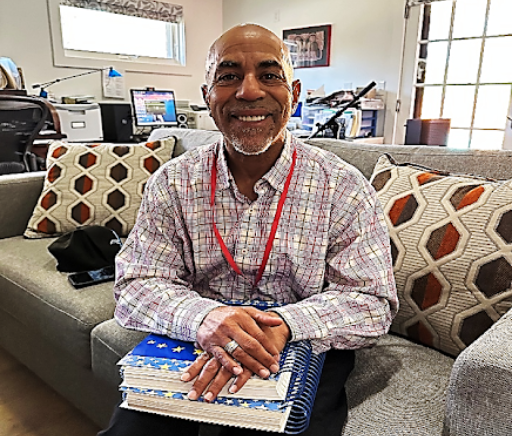
Marchell is an engaging and energetic middle-aged man who was enthusiastic about being interviewed for the DLF newsletter. He is an activist working to promote the rights and well-being of persons in the brain injury community, with a particular emphasis on helping persons with brain injury who are incarcerated or have been released from prison. Marchell is a successful businessman, proud of the company he co-founded--the Association of Young Business Owners (AYBOS), a marketing company in the Denver, Colorado area. He also works for Well Power (Denver’s Mental Health Center system) as a Zero Suicide Certified Peer and Family Specialist. Marchell is clearly a man on the move to get a lot of positive things done. But this wasn’t always the case. Marchell spent much of his younger adult life incarcerated himself for a variety of crimes including robbery and assault. He had a history of recidivism following multiple releases.
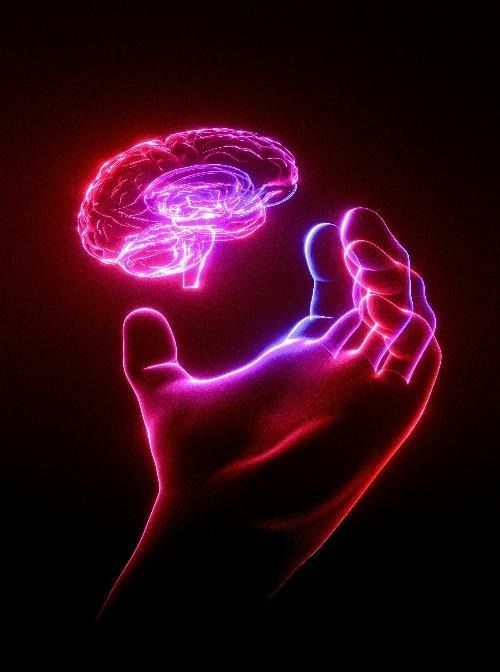
For most of modern medical history, the brain has been viewed as incapable of regeneration. While skin, bone, and even parts of the liver can regenerate after injury, damage to the brain—whether due to stroke, traumatic brain injury (TBI), or neurodegenerative disease—has long been considered largely irreversible. Over the past decade, however, advances across stem-cell biology, neuroengineering, and computational neuroscience are challenging this dogma. Today, a broad set of scientific strategies is aimed at enabling true repair of damaged neural circuits . Many of these scientific strategies have been highlighted in previous editions of the DLF newsletter Neural Connections ( archived at the DLF website ). Although each approach faces obstacles, the collective progress is significant enough to shift expectations about what may one day be possible. This article focuses on one strategy that has produced some of the most dramatic and tangible preclinical results: transplantation of human stem-cell–derived neural tissue.

The DLF is very pleased to announce its first online concert to be streamed on the evening of March 28th, 2026 (starting 8:00 P.M. Eastern). The concert will feature a variety of wonderful musical performers from across the country including: Low Strung Cellos : terrific acoustic ensemble featuring original interpretations of rock and pop hits Denver Spirituals Choir : inspiring choral arrangements of spirituals and gospel music Bill Hill and friends : extraordinary percussionist and composer in small ensemble setting Anthony Davis : lauded jazz pianist and Pulitzer Prize winning composer Yale Symphony Orchestra : selections from its superb repertoire

On July 10, 2025, the Advanced Research Projects Agency for Health (ARPA-H) announced a major initiative titled Functional Repair of Neocortical Tissue or FRONT. The announcement states “FRONT will pioneer a curative therapy for the more than 20 million adults in the US living with chronic neocortical brain damage from neurodegeneration, stroke, trauma, and other causes, which costs the country an estimated $800 billion per year. Worldwide, more than 200 million people live with debilitating after-effects of brain damage.” A set of informational meetings about this program and a due date for outlines of potential proposals have been set for August. Full proposals are due by September 25, 2025. Complete instructions, specifications, and expectations are delineated in the ARPA-H FRONT announcement. The FRONT announcement includes a clear expectation that the successful brain regeneration methods that are discovered will be used in clinical trials with persons with brain injury by the fifth year of the program. The DLF lauds ARPA-H for initiating this program. We are discussing possibilities for playing a supportive role as proposals develop. This exciting program is congruent with the original overarching goals of the DLF and confirms the validity of its mission.
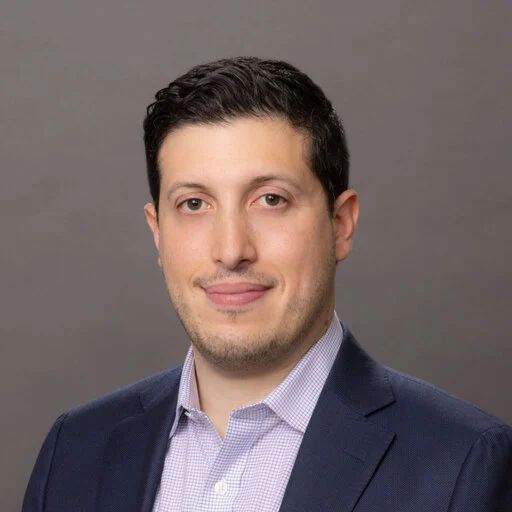
Dr. Burrell is a translational neuroengineer in the Departments of Neurosurgery and Oral & Maxillofacial Surgery at the University of Pennsylvania. His research integrates advanced neural repair strategies with clinical translation, focusing on axon protection, nerve fusion, and engineered neural tissue for neurotrauma recovery. Dr. Burrell has led the development of multiple first-in-field innovations—including the first large-animal model of nerve fusion, delayed axonal fusion protocols, and the first orally active axonal protectants—positioning him as a recognized leader in regenerative neurotechnologies. He is co-founder of Neurostorative LLC and plays a central role in several other platforms aimed at neural reconnection, long-term preservation, and bio-integrated prosthetic systems.

Dr. Kim Gorgens is a board-certified rehabilitation psychologist and Professor of Psychophysiology, Clinical Neuropsychology and Psychology of Criminal Behavior at the University of Denver . She manages a large portfolio of brain injury related research and has lectured extensively on those issues around the world. She has a 2010 TED talk on youth sports concussion and a 2018 TED talk on brain injuries in criminal justice with 3.5M views. She has been interviewed on CNN with Anderson Cooper, NPR, and on 20/20 and her work with brain injuries has been featured in USNews , Newsweek , the Economist , People Magazine , and more. She has a small forensic neuropsychology practice with juvenile and death penalty cases and is active in legislative and policy development around best practices in brain injury. Her research studies the reported injury history, cognitive function, and brain biomarkers of all vulnerable populations including young and older athletes, probationers and inmates, persons who are unhoused, and women who have been exposed to interpersonal violence.
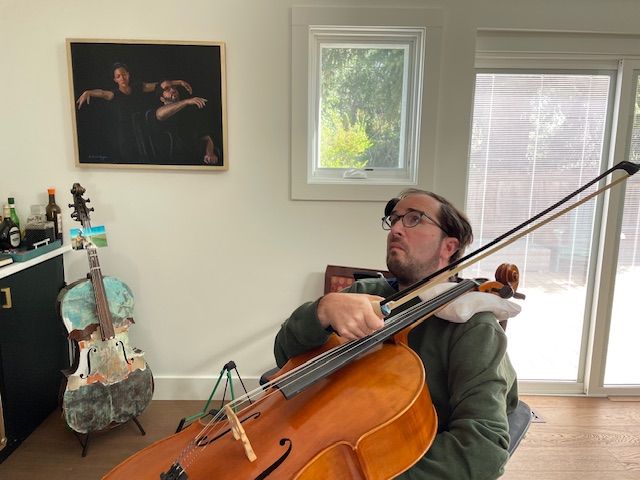
The story of Dan’s 2007 accident and severe brain injury was first posted to the DLF website in 2020. You can read “Dan’s Story” here . Over the past five years, Dan has worked hard to make progress and regain the most basic abilities. He has had to deal with many medical procedures and many challenges. Dan has done so with a calm determination that has helped him move well beyond early predictions of what his long-term status would be. Progress Dan’s medical status has greatly stabilized and his general health has been good for a number of years. Seizures that were prolonged, dangerous and often required hospitalization in the several years after his accident are now much less frequent and much more mild. He has not required hospitalization in almost 10 years. Dan’s receptive language skills have improved noticeably. He demonstrates understanding by following any motor direction (including some multi-step sequences) that he is capable of doing physically. He is more engaged in conversations and responds more quickly to questions. His expressive language has also improved. He now uses personal pronouns. He often uses 2-word phrases and sometimes up to 4-word phrases to respond to questions about preferences and feelings. Dan’s cognitive status has improved a good deal as well. He is able to count to 100 and to verbally answer simple addition, subtraction and multiplication questions. He understands the idea of “opposites” and seems to enjoy answering the question “What’s the opposite of…..?” to which he usually gets the correct answer. Dan’s schedule is filled with therapies, activities, and social experiences. He goes swimming once or twice a week, enjoys attending the Colorado Symphony most Saturday evenings, and participates in an integrated dance company called Spoke ‘N’ Motion which rehearses on Sunday afternoons and gives performances several times per year. Playing the cello remains important to Dan. With assistance, he practices his cello for ½ hour every weekday morning. He is able to bow correctly about half of the songs in Suzuki Cello Book #1 and he enjoys playing scales using different rhythmic patterns. Challenges Dan’s responsiveness has improved a good bit but he still has great difficulty initiating actions, intentions, and communication. He can make a choice when several options are presented but he rarely expresses what he wants spontaneously. It is unclear to what degree Dan experiences emotion. From an outside perspective it appears that he is exceptionally even keeled. He rarely seems to be either happy or sad, but sometimes he demonstrates interest or enjoyment by moving his very expressive eyebrows upward. Observing the relative absence of emotional expression in Dan’s everyday experience is difficult for those who love and care for him, particularly in comparison to the vibrant individual we remember. Dan continues to have very significant motor planning and motor control difficulties. He has almost no functional movement on the left side. Controlled purposeful movement on the right side shows improvement but he has a way to go. Dan has what is called cortical visual impairment. This means that while his eyes themselves are not damaged, the vision centers in his brain which process visual input work very poorly. Functionally, this means he doesn’t “see” very much. Moving himself in his power wheelchair has helped to engage his visual system and supported some integration of his vision. Dan still gets 100% of his water and food via his g-tube. His swallow has been evaluated as inadequate to allow oral feeding. Hopefully, this is something we can work on in the next few years without endangering Dan’s health. In the first several years after Dan’s accident, family and friends would often ask “Is Dan making progress?” I would imagine Dan at the one yard line of a one hundred yard football field, needing to travel 99 yards to get to the other end zone at the rate of one inch per week to be fully recovered and restored. That’s a long, long journey…but Dan hasn’t stopped moving forward, however gradually. The DLF is tracking and supporting a growing cadre of researchers in the field of brain regeneration who are capitalizing on stunning biomedical, biotechnological, and bioengineering advances to bring the hope of meaningful brain regeneration into a reality. Although it is unclear whether Dan will be a candidate for emerging brain regeneration methods, it is rather certain that within 5 years, perhaps 10 years at the most, brain regeneration procedures will be effective and increasingly available to people with serious brain injuries. The DLF is proud to play a small part in supporting the important and inexorable movement forward in brain regeneration.
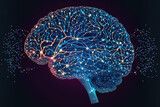
The human brain is remarkable in its complexity, adaptability, and resilience. Yet, millions worldwide face dramatically impaired quality of life due to traumatic brain injuries, strokes, and degenerative neurological diseases. Today, there are no medicines that stimulate the restoration of lost brain functions. Recent research is showing us a path to new medicines that may activate the brain’s inherent capacity for regeneration following severe injury. One notable researcher in this pioneering field is Jared Tangeman at Johns Hopkins University. Tangeman investigates the extraordinary regenerative capabilities of the axolotl, a salamander species uniquely capable of completely regenerating its central nervous system (CNS), including brain and spinal cord tissues. Through sophisticated genetic and cellular analyses, his lab has uncovered essential genetic programs activated during neural regeneration. Tangeman’s laboratory employs innovative models of optic nerve injuries, such as whole-eye enucleation (temporary removal and reimplantation of the entire eye in the salamander) to explore how retinal cells survive extreme conditions and regenerate nerve connections. Utilizing advanced genomic techniques, including single-cell RNA sequencing and chromatin profiling, paired with AI-driven structural modeling, Tangeman identifies critical genes such as ATF3 and RUNX1, which regulate neuronal survival, axon regeneration, and the activation of progenitor cells into new neurons¹. Identifying specific genes involved in regeneration provides precise molecular targets for developing new therapeutic approaches. Once these targets are validated in human cell-based models, they can guide the development of novel medicines, particularly genomically targeted drugs, to enable human brain regeneration after severe injury. Complementing Tangeman’s fundamental research is work led by Justin Burrell at the University of Pennsylvania. Burrell is focused on rapidly translating laboratory findings into clinically viable therapies. His team discovered boldine, a compound with remarkable neuroprotective effects. This compound has been shown to reduce nerve damage and promote nerve regeneration in animal studies². These findings have potential implications for treating nerve injuries and TBI. Additionally, Burrell’s team has developed engineered neural scaffolds, biomaterials designed to guide nerve fibers across injury sites, which have successfully reconnected severed nerves in preclinical studies³. These tissue-engineered constructs, when combined with pharmacological interventions such as boldine, offer promising dual-action treatments capable of dramatically improving recovery outcomes for severe brain injuries. The innovative research by Tangeman and Burrell showcases a powerful synergy—Tangeman’s foundational insights into molecular regeneration mechanisms provide precise targets for novel therapies, while Burrell’s work demonstrates practical strategies immediately applicable in clinical settings. A promising therapeutic frontier inspired by these fundamental discoveries involves genomically targeted medicines such as antisense oligonucleotides (ASOs) and RNA interference (RNAi) molecules. ASOs are short, synthetic molecules designed to precisely modulate gene expression by targeting specific RNA sequences, thus influencing cellular behaviors and disease processes⁴. ASOs have demonstrated clinical efficacy in treating genetic diseases, including spinal muscular atrophy, underscoring their therapeutic potential for neurological conditions⁵. Similarly, RNAi-based therapies, designed to silence specific genes involved in disease progression, have recently entered clinical practice for conditions such as hereditary amyloidosis, further underscoring their potential⁶. Notably, ASO-based therapies are currently being tested in clinical trials for spinal cord injuries, aiming to harness the CNS’s innate ability to restructure itself. These pioneering trials, led by neuroscientists such as Stephen Strittmatter at Yale University, indicate a viable pathway toward applying similar strategies to brain injuries⁷. The convergence of Tangeman’s foundational genetic discoveries and Burrell’s translational approaches positions genomically targeted therapies, including ASOs and RNAi, as highly promising tools for stimulating regeneration and recovery. Once validated in human cell-based models, these targeted genomic strategies can significantly enhance regenerative capacities in human brains after severe injury. Concurrent advances in biomaterials, nanomedicine, and artificial intelligence (AI) further bolster regenerative research. For example, nanotechnologies enable the targeted delivery of therapeutics directly to injured brain regions, increasing efficacy and precision⁸. AI-driven tools rapidly analyze complex genetic and molecular data, swiftly identifying promising targets and therapeutic strategies. Collectively, the groundbreaking efforts of researchers like Jared Tangeman and Justin Burrell, alongside advances in genomically targeted therapies, nanomedicine, and AI, hold transformative potential. These innovations significantly advance our understanding and ability to promote neural regeneration, offering renewed hope and improved quality of life for millions affected by severe neurological injuries.
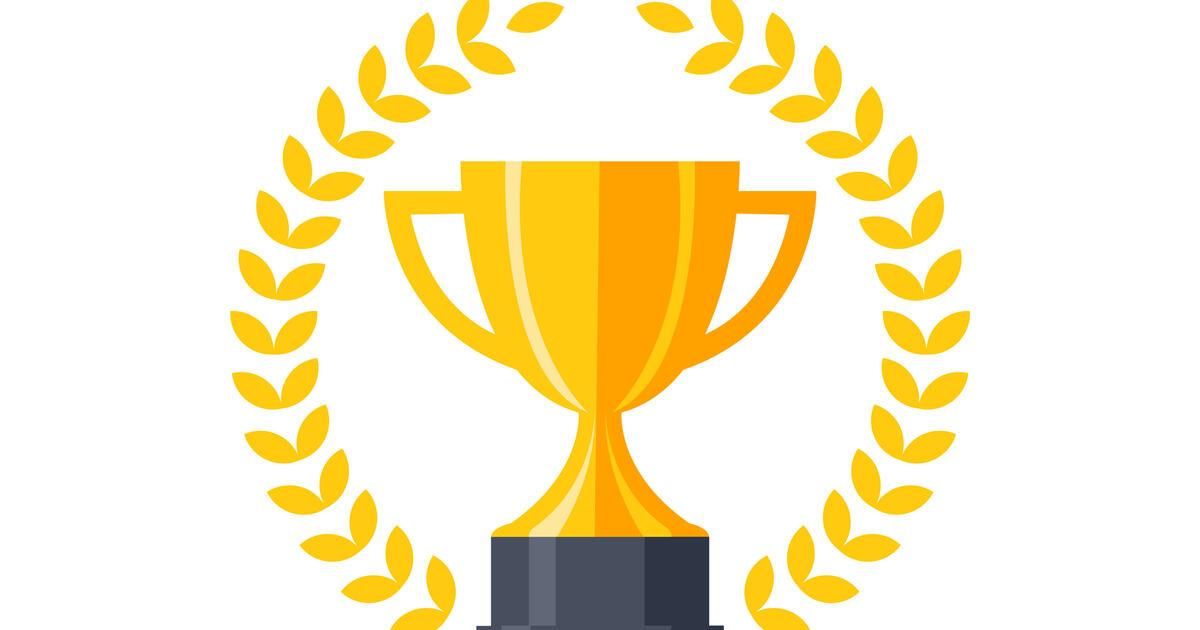
For the third consecutive year, the Dan Lewis Foundation for Brain Regeneration is proud to announce the DLF Prize competition. The 2025 DLF Prize, a $20,000 award, will recognize an outstanding early career scientist (2 to 5 years post-doc) conducting innovative research in neuroscience, pharmacology, or biotechnology. This prestigious prize honors researchers whose work aligns with the DLF mission to drive breakthroughs in neural regeneration and repair. The current research priorities of the DLF are: Pharmacological Reactivation of Neural Repair: Research into pharmacological methods of reactivating or augmenting synaptogenesis, neurogenesis or axonal repair. Cell-Based Cortical Repair: Investigating the potential of derived cortical neurons to restore function in damaged cortical regions. Transcriptomics of Neural Recovery: Characterizing transcriptomic profiles of cortical neurons in the recovery phase following brain injury to identify pathways that drive repair. Molecular Inhibitor Targeting: Advancing anti-sense oligonucleotides (ASO’s) or small-molecule therapeutics designed to downregulate inhibitors of neural regeneration in the cortex or spinal cord. Application for the 2025 DLF Prize can be made by going to our website— danlewisfoundation.org —and clicking on the Tab “ 2025 DLF Prize ”. This will bring you into the application portal. The application portal opened in March, 2025 and will remain open through May 31st. Once in the portal, you will find complete information about the DLF prize, eligibility requirements, and an application form which can be filled in and submitted online. The winner of the 2023 DLF Prize, Dr. Roy Maimon, continues his research indicating that downregulation of PTBP1, an RNA-binding protein, can convert glial cells into neurons in the adult brain (Maimon et al. 2024) .* Dr. Maimon, currently a post-doc at the University of California, San Diego is currently interviewing for a faculty position at several prominent neuroscience departments. The winner of the 2024 DLF Prize, Dr. William Zeiger is a physician-scientist in the Department of Neurology, Movement Disorders Division, at UCLA. Dr. Zeiger has expertise in interrogating neural circuits using a classic “lesional neurology” approach. He states, “Our lab remains focused on understanding how neural circuits become dysfunctional after lesions to the cortex and on investigating novel circuit-based approaches to reactivate and restore damaged cortex”. * Maimon, Roy, Carlos Chillon-Marinas, Sonia Vazquez-Sanchez, Colin Kern, Kresna Jenie, Kseniya Malukhina, Stephen Moore, et al. 2024. “Re-Activation of Neurogenic Niches in Aging Brain.” BioRxiv. https://doi.org/10.1101/2024.01.27.575940.
